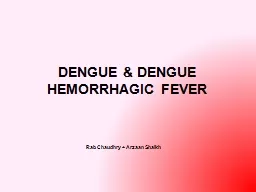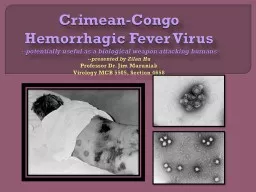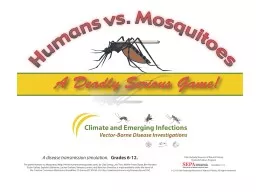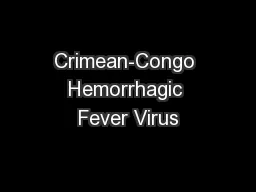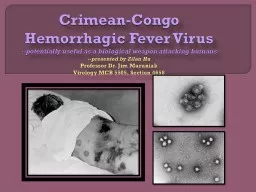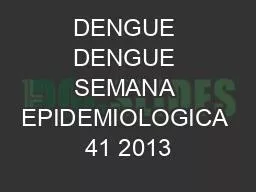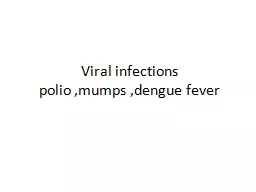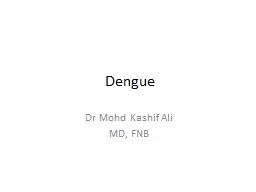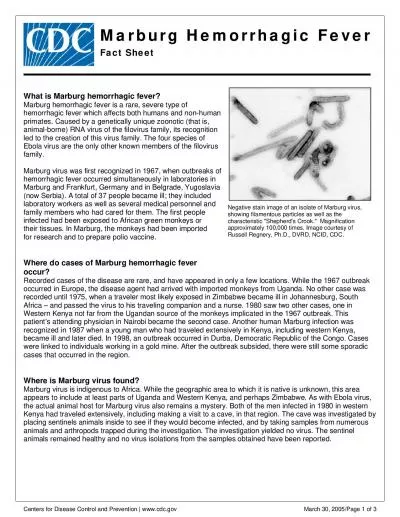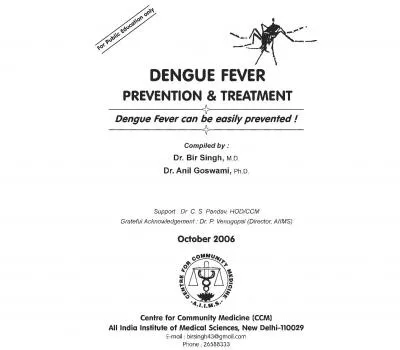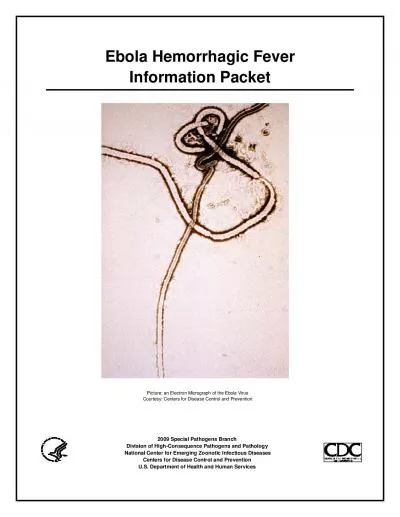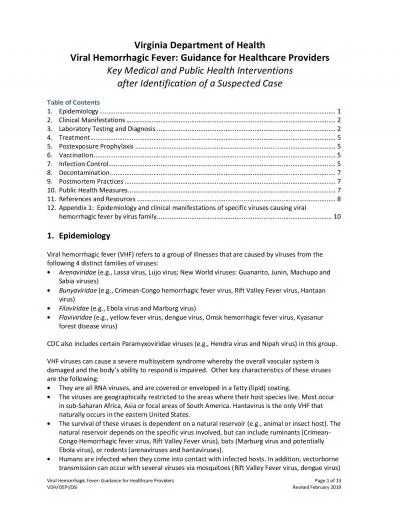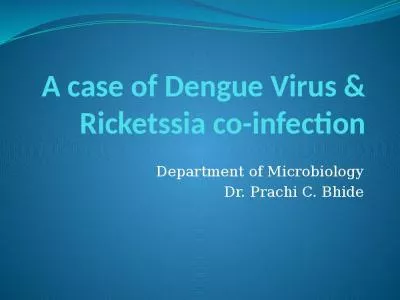PPT-DENGUE & DENGUE HEMORRHAGIC FEVER
Author : Rebelious | Published Date : 2022-08-02
Rab Chaudhry Arzaan Shaikh Epidemiology In India first outbreak of dengue was recorded in 1812 A double peak hemorrhagic fever epidemic occurred in India for
Presentation Embed Code
Download Presentation
Download Presentation The PPT/PDF document "DENGUE & DENGUE HEMORRHAGIC FEVER" is the property of its rightful owner. Permission is granted to download and print the materials on this website for personal, non-commercial use only, and to display it on your personal computer provided you do not modify the materials and that you retain all copyright notices contained in the materials. By downloading content from our website, you accept the terms of this agreement.
DENGUE & DENGUE HEMORRHAGIC FEVER: Transcript
Download Rules Of Document
"DENGUE & DENGUE HEMORRHAGIC FEVER"The content belongs to its owner. You may download and print it for personal use, without modification, and keep all copyright notices. By downloading, you agree to these terms.
Related Documents

